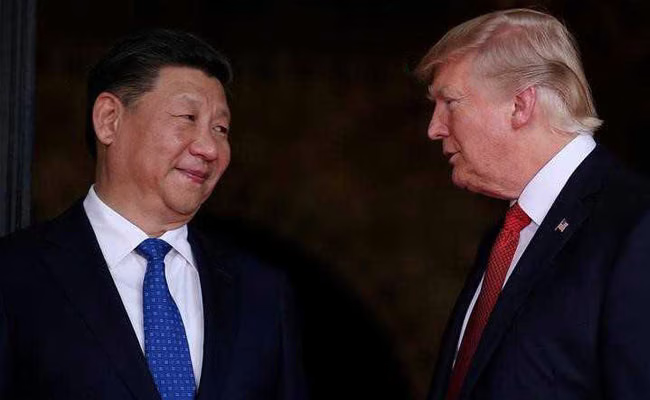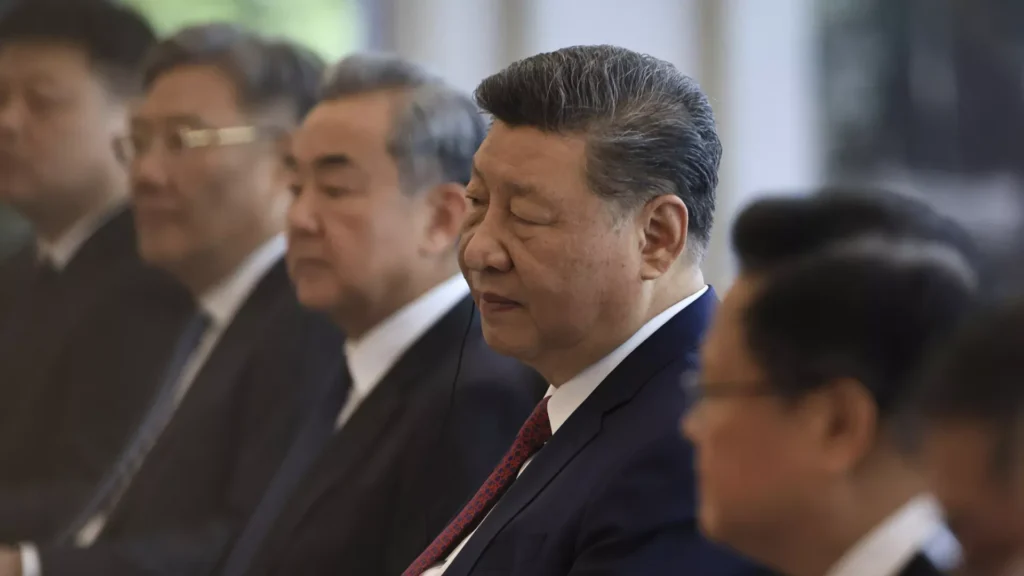The trade dispute between China and the United States has intensified, pushing economic relations to a breaking point. On April 11, 2025, China declared it would raise tariffs on all American goods to 125%, a sharp jump from the previous 84%. This decision, effective the following day, retaliates against the US increasing its tariffs on Chinese imports to an effective rate of 145%. The China US trade war, already a years-long struggle, now risks destabilizing global markets and supply chains.

Tariffs act as taxes on imported products, often wielded to shield local businesses or pressure foreign governments. In this ongoing conflict, both nations have leaned heavily on these measures, each trying to gain the upper hand. The latest moves mark a dramatic escalation, with tariffs now at levels that could choke trade between the world’s two economic giants.
Tariffs Surge: The Latest Chapter
The US sparked this round by lifting its tariffs on Chinese goods to 125%, then adding a 20% surcharge linked to fentanyl imports, totaling 145%. China responded swiftly, hiking its rates to 125% and signaling a shift in strategy. Beijing has stated it will ignore any additional US tariff increases, arguing that American products are no longer competitive in China under these conditions. This could mean the end of the back-and-forth tariff spiral, as both sides may have reached their economic limits.
Markets Reel from Tariff Tensions
The fallout has been swift and severe. US stock futures dropped sharply, with the S&P 500 shedding 3.5% on Thursday and sitting 15% below its February peak. Across Asia, Japan’s Nikkei plunged nearly 5%, while Hong Kong stocks faced their worst weekly slide since 2008. Oil prices are also trending downward, with fears of shrinking demand driving Brent crude and WTI lower. The China US trade war is casting a long shadow over global economic stability.
Analysts are sounding alarms. Some now peg the odds of a recession at 45%, blaming persistent trade friction with key US partners. Forecasts for global growth have been cut, with warnings that energy markets could take a significant hit as tariffs disrupt trade flows.
Political Moves Amid Economic Strife
Even as tensions rise, there’s talk of a way out. The US president has voiced confidence in striking a deal with China, praising his counterpart and suggesting a mutually beneficial agreement remains possible. Meanwhile, China is reaching out to other nations caught in the tariff crossfire, including Spain, Saudi Arabia, and South Africa, to build a united front. Beijing has also urged the European Union to resist what it calls aggressive US trade tactics, hinting at broader alliances to counter the China US trade war.
Tariffs’ Lasting Effects
The economic toll is mounting. In the US, higher costs for Chinese imports could fuel inflation, hitting consumers hard. China, on the other hand, might see its homegrown industries thrive as American goods become too pricey to compete. Beyond the two nations, there’s talk of businesses dodging tariffs by rerouting goods through countries like Vietnam or Cambodia. While such workarounds are already in play, efforts are underway to crack down on these practices.
As the China US trade war drags on, uncertainty looms large. The fallout could ripple through developing economies and reshape global trade for years to come.







